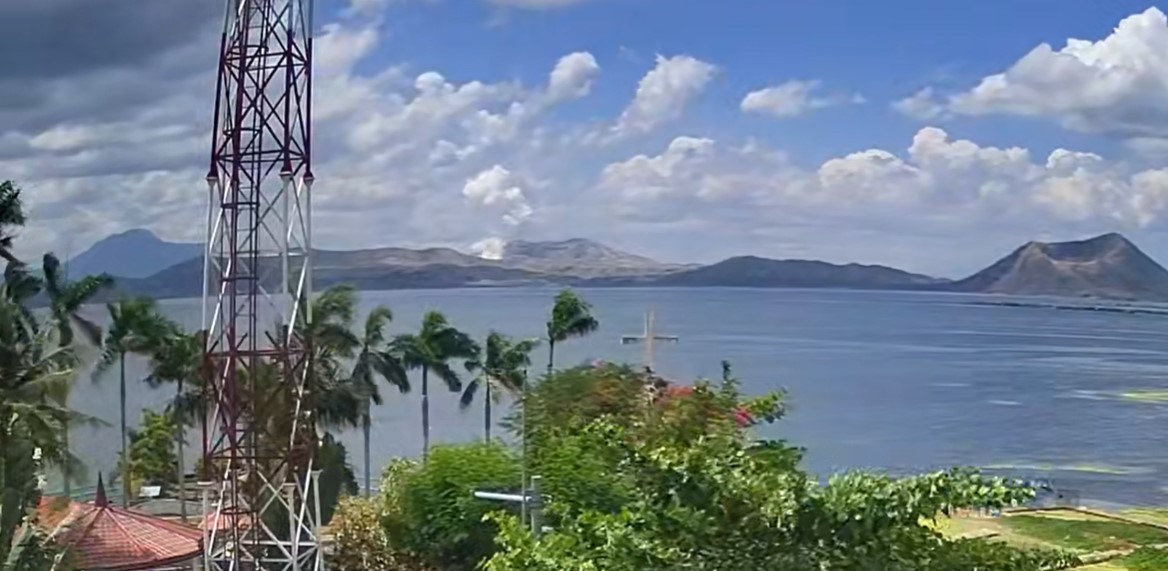Phreatic eruption recorded in Taal Volcano — PHIVOLCS

Taal Volcano had a phreatic eruption in the past 24 hours, the Philippine Institute of Volcanology and Seismology (PHIVOLCS) said on Monday.
In its latest bulletin, the PHIVOLCS said the phreatic eruption lasted for around two minutes.
Phreatic eruption is a steam-driven explosion that occur when water beneath the ground or on the surface is heated by magma, lava, hot rocks, or new volcanic deposits, the PHIVOLCS said.
A weak emission of plumes up to 600 meters were drifting north northwest from Taal Volcano, according to the PHIVOLCS.
From 12 a.m. Sunday to 12 a.m. on Monday, a total of five volcanic earthquakes including two tremors that lasted up to three minutes were recorded.
A long-term deflation of the Taal Caldera as well as a short-term inflation of the general northern and southeastern flanks of the Taal Volcano Island were also observed.
On April 25, 3,383 tonnes of sulfur dioxide emitted from the volcano amid the upwelling of hot volcanic fluids in the Main Crater Lake.
Taal Volcano had several phreatic eruptions in the previous weeks.
Alert Level 1 is maintained over the volcano, which means it is still in abnormal condition and should not be interpreted to have ceased unrest nor ceased the threat of eruptive activity.
Under this alert level, the possible hazards are sudden steam-driven or phreatic explosions, volcanic earthquakes, minor ashfall and lethal accumulations or expulsions of volcanic gas.
These hazards may threaten areas within the volcano island.
PHIVOLCS also warned the communities around Taal Caldera about potential long-term health impacts of frequent exposure to high concentrations of volcanic SO2.
The agency prohibited the entry into the Taal Volcano Island, permanent danger zone or PDZ, especially the vicinity of the Main Crater and the Daang Kastila fissure.
Local governments should monitor and assess preparedness of their communities and undertake appropriate response measures to mitigate the hazards.
Civil aviation authorities must advise pilots to avoid flying close to the volcano as airborne ash and ballistic fragments from sudden explosions and wind-remobilized ash may pose hazards to aircraft, PHIVOLCS said. — Joviland Rita/RSJ, GMA Integrated News




